Birds, with their vibrant plumage and melodious songs, have long captivated our imagination. But have you ever wondered how long these enchanting creatures can actually live?
While some birds seem to flit through our lives fleetingly, others endure for decades, defying the notion that avian life is fleeting.
In this exploration, we delve into the fascinating world of avian longevity, seeking answers to the question: How long do birds live – Do birds live to old age?
Contrary to popular belief, birds are not merely fleeting visitors in our lives. Many species have evolved remarkable adaptations that allow them to thrive and survive for extended periods.
Join us as we embark on a journey to uncover the secrets behind avian longevity. We will explore the factors that influence bird lifespan, from genetic predispositions to environmental conditions.
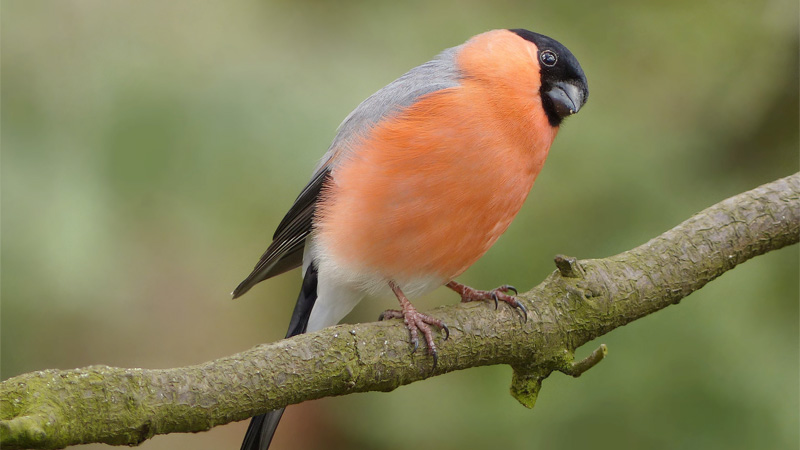
How Long Do Birds Live – Do Birds Live to Old Age?
The lifespan of birds can vary greatly depending on the species. Some small birds, such as sparrows or finches, may only live for a few years, while larger birds like parrots or eagles can live for several decades.
On average, most wild birds have a lifespan of around 2 to 10 years. However, there are exceptions. For example, the albatross can live up to 50 years or more, while some parrot species can live for over 80 years in captivity.
It’s important to note that factors such as habitat, diet, predation, and disease can also influence the lifespan of birds.
Clues for Identifying the Longer Lived Birds Around You
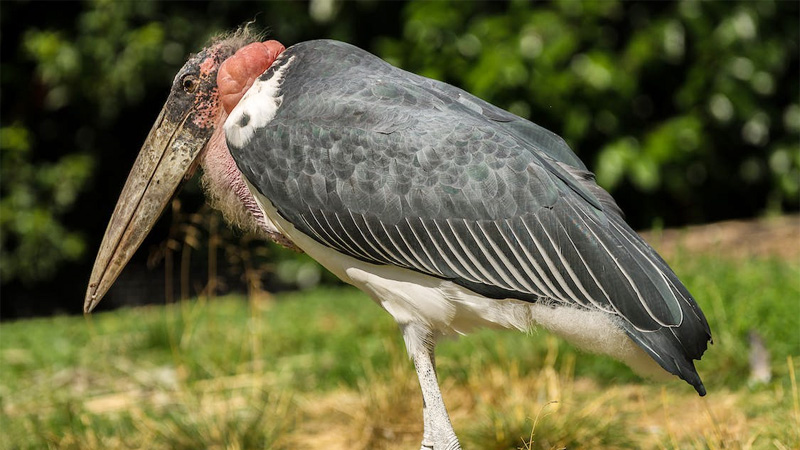
Identifying longer-lived birds can be challenging without specific knowledge of individual birds’ ages. However, there are some clues you can look for that may indicate a longer lifespan:
Size
Generally, larger bird species tend to have longer lifespans compared to smaller ones. Look for larger birds such as raptors (eagles, hawks, owls), waterfowl (swans, geese, ducks), or large songbirds (crows, ravens) in your area.
Longevity Records
Research the longevity records for bird species in your region. Ornithological societies and birdwatching organizations often keep records of the oldest known individuals of various bird species. This information can give you an idea of which species tend to live longer.
Habitat
Some bird species have specific habitat requirements that are associated with longer lifespans.
For example, birds that rely on old-growth forests or pristine wetlands may have longer lifespans due to the availability of resources and reduced human disturbance. Look for birds that inhabit such habitats in your area.
Behavior
Certain behaviors can be associated with longer lifespans. For example, birds that are known to be highly intelligent, such as parrots and corvids (crows, ravens), tend to have longer lifespans. Additionally, birds that have complex social structures and cooperative breeding systems, like some species of herons or pelicans, may also live longer.
Vocalizations
Some bird species have distinct vocalizations that can help you identify them. By learning the calls and songs of different bird species, you may be able to identify those that are known to have longer lifespans.
Local Experts
Seek advice from local birdwatchers, ornithologists, or birding groups in your area. They may have specific knowledge about the bird species in your region and their lifespans.
Remember that these clues are not foolproof, and individual variation can still occur. Factors such as habitat quality, predation risks, and disease prevalence can also influence the lifespan of birds.
Top 5 Most Popular Pet Birds and Their Life Expectancy
Here’s a list of the top 5 most popular pet birds along with their life expectancies:
Budgerigar (Budgie)

Life Expectancy: 5 to 10 years. Budgies are small, colorful parrots that are known for their playful and social nature. They are relatively easy to care for and can be taught to mimic words and sounds.
Cockatiel
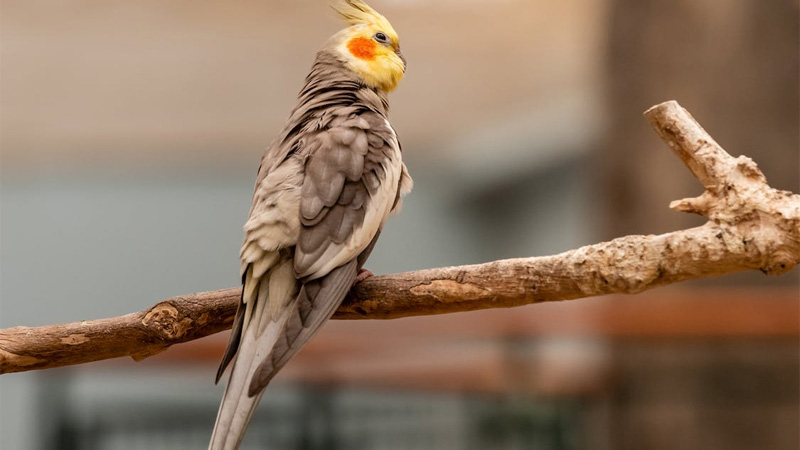
Life Expectancy: 15 to 20 years. Cockatiels are beloved for their charming personalities and distinctive crests. They are good at learning tunes and simple phrases, making them popular among bird enthusiasts.
African Grey Parrot
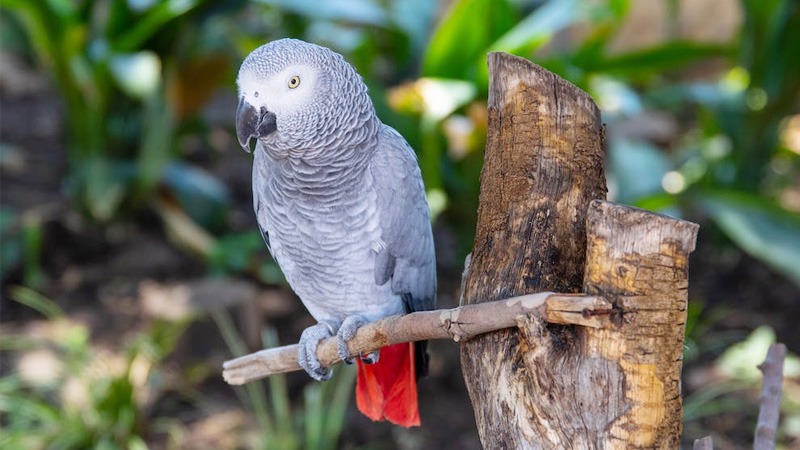
Life Expectancy: 40 to 60 years. African Greys are highly intelligent and renowned for their remarkable ability to mimic speech and sounds. They require mental stimulation and social interaction to thrive.
Budgie
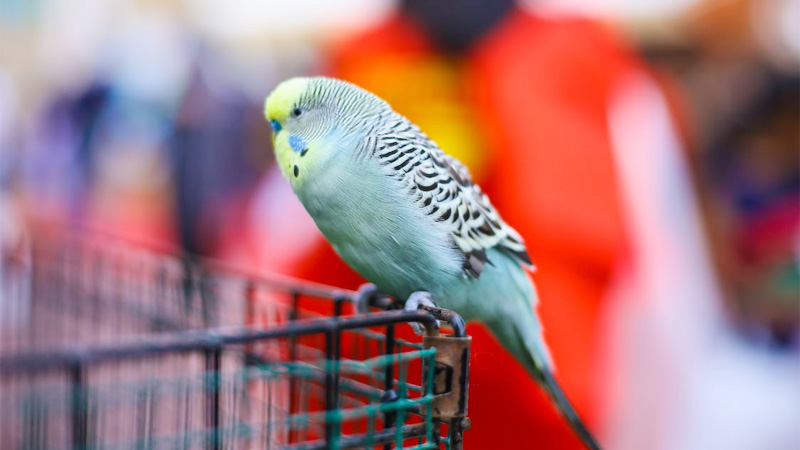
Life Expectancy: 15 to 25 years. Lovebirds are known for their strong pair bonding and affectionate behavior towards their mates. They come in various vibrant colors and require companionship for their emotional well-being.
Canary
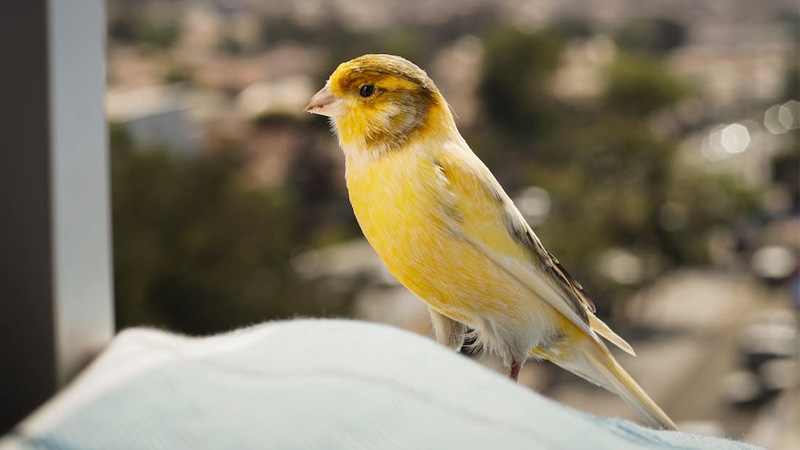
Life Expectancy: 7 to 10 years. Canaries are popular for their melodious songs and vibrant plumage. While they may not interact as closely with humans, their singing can bring a joyful ambiance to any home.
These pet birds can make wonderful companions, but it’s important to note that their life expectancies can vary based on factors such as diet, environment, and healthcare.
Providing proper care, social interaction, mental stimulation, and a suitable living environment are essential for ensuring the well-being and longevity of these feathered friends.
What Birds Are Known to Have The Longest Lifespan?
The birds known to have the longest lifespans include:
Macaws
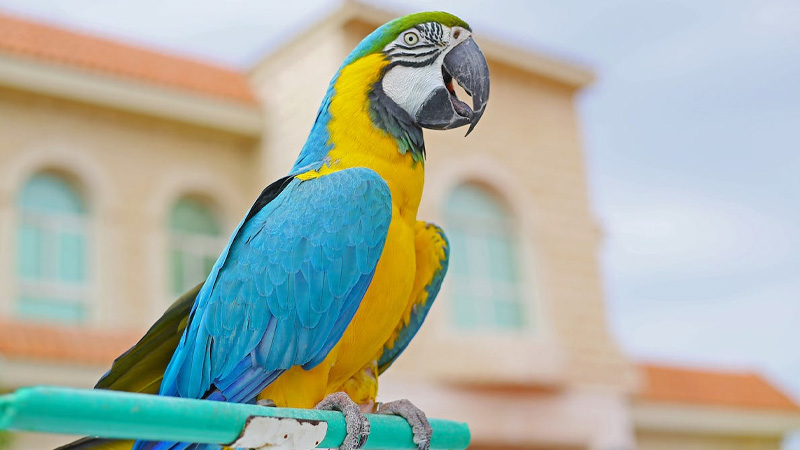
Some species of macaws, such as the Blue-and-yellow Macaw and the Scarlet Macaw, are known to live for several decades. Their lifespans can range from 40 to 80 years or more, depending on factors like diet, care, and genetics.
Cockatoos
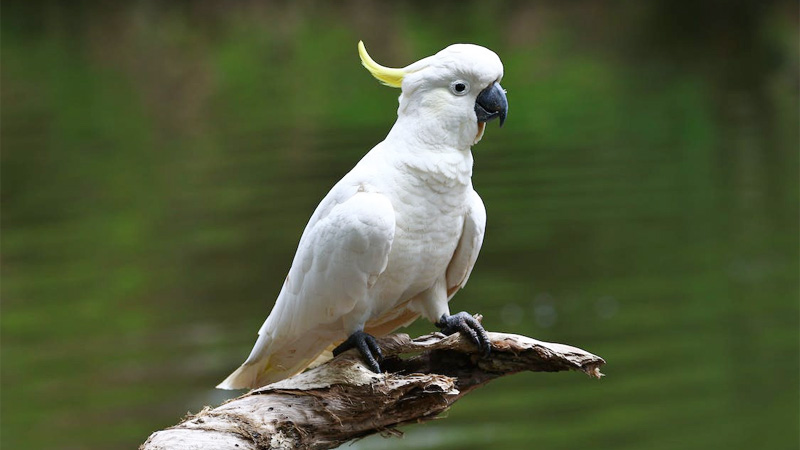
Certain cockatoo species, like the Sulphur-crested Cockatoo and the Moluccan Cockatoo, can also live for several decades. Their lifespans generally fall within the range of 40 to 70 years.
African Gray Parrots
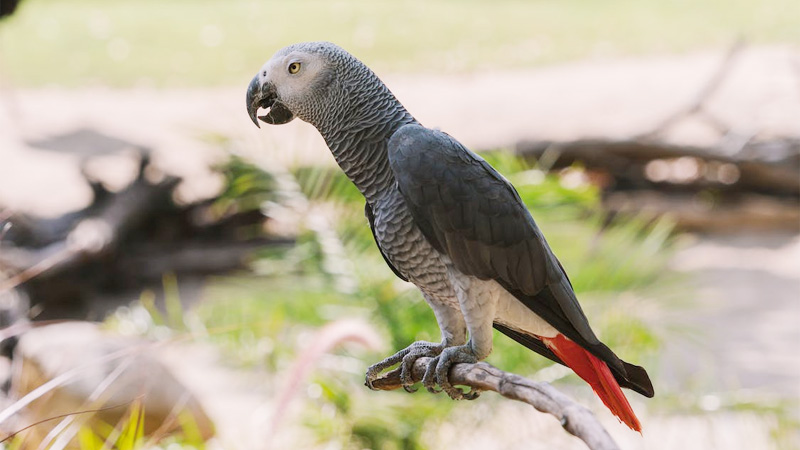
African Grey Parrots, both the Congo and Timneh subspecies, are renowned for their exceptional intelligence and longevity. They often live between 40 and 60 years, and in some cases even longer with proper care.
Galapagos Tortoise

While not a bird, the Galapagos Tortoise is worth mentioning due to its remarkable lifespan. They can live well over 100 years, with some individuals even reaching the age of 150 years.
Albatrosses
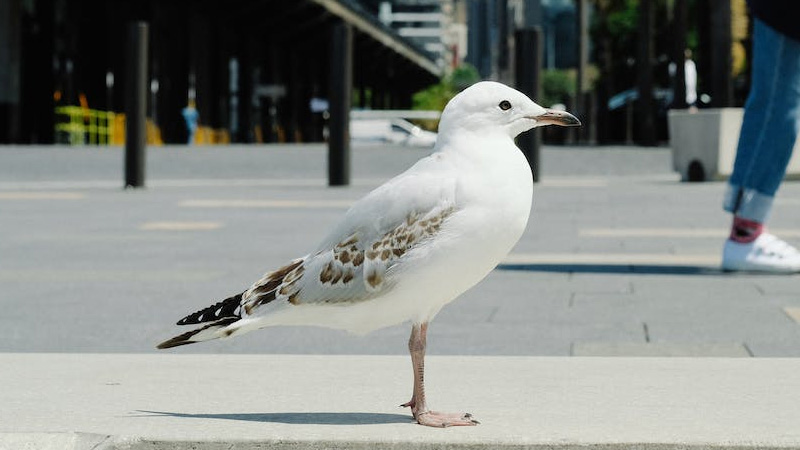
Among seabirds, albatrosses are known for their impressive lifespans. Some species, like the Laysan Albatross, have been known to live for around 60 years.
It’s important to note that these lifespans are estimates and can vary depending on factors such as habitat, diet, genetics, and the care provided.
Long-lived birds often require consistent and appropriate care to ensure their health and well-being throughout their extended lifetimes.
Factors That Affect the Lifespan of a Bird
The lifespan of a bird can be influenced by various factors, including:
Species
Different bird species have different lifespans. Some species, such as parrots and macaws, can live for several decades, while others, like small songbirds, may only live for a few years.
Size
Generally, larger bird species tend to have longer lifespans compared to smaller ones. This is because larger birds often have slower metabolic rates and may face fewer predation risks.
Genetics
Genetic factors play a significant role in determining the lifespan of a bird. Some individuals may inherit genes that make them more resistant to diseases or better adapted to their environment, leading to a longer lifespan.
Diet and Nutrition
A bird’s diet and nutrition can greatly impact its lifespan. A balanced and nutritious diet is essential for maintaining good health and preventing diseases.
Birds that have access to a diverse range of foods and receive proper nutrition are more likely to live longer.
Environmental Conditions
The environment in which a bird lives can affect its lifespan. Factors such as climate, habitat quality, and availability of resources can impact a bird’s overall health and survival.
Birds living in favorable environments with abundant food, suitable nesting sites, and minimal pollution may have longer lifespans.
Predation and Disease
Predation and disease are significant factors that can limit a bird’s lifespan. Birds that face high predation risks or are more susceptible to diseases may have shorter lifespans.
Predation can be influenced by factors such as habitat fragmentation, human activities, and the presence of predators. Disease susceptibility can be influenced by genetics, environmental stressors, and exposure to pathogens.
Human Interactions
Human activities can both positively and negatively impact bird lifespans. Birds that are kept as pets or in captivity may receive better healthcare and nutrition, leading to longer lifespans.
However, factors such as habitat destruction, pollution, hunting, and collisions with man-made structures can reduce bird populations and decrease their lifespans.
It’s important to note that while these factors can influence the lifespan of a bird, individual variation and specific circumstances can also play a role.
FAQS
Providing a balanced diet, regular veterinary check-ups, mental stimulation, social interaction, and a safe living environment are crucial to ensuring the long and healthy life of your bird.
A well-rounded diet consisting of high-quality pellets, fresh fruits, vegetables, and occasional treats is essential. Avoid feeding them foods that are toxic to birds, such as chocolate, avocado, and caffeine.
Yes, certain species like African Grey Parrots and Macaws require significant mental stimulation and social interaction due to their intelligence and long lifespans.
Watch for signs like changes in eating habits, lethargy, unusual feather appearance, discharge from the eyes or nose, and changes in behavior. If you notice any of these signs, it’s important to consult a veterinarian who specializes in avian care.
Absolutely, the environment plays a crucial role. Providing a spacious cage, natural sunlight (or full-spectrum lighting), proper ventilation, and protection from drafts can significantly impact a bird’s overall health and lifespan.
Bottom Line
The world of avian longevity is a captivating realm filled with awe-inspiring stories of birds defying the passage of time.
From the majestic eagles soaring high above the mountains to the colorful parrots gracing tropical rainforests, birds have proven themselves to be resilient creatures capable of living to old age.
Through our exploration, we have discovered that various factors contribute to the longevity of birds. Genetic predispositions, environmental conditions, and even social dynamics all play a role in determining how long these enchanting creatures can live.
By understanding these factors, we gain a deeper appreciation for the intricate web of life that birds are a part of.
So, let us marvel at the wonders of avian longevity and strive to create a world where birds can continue to grace our skies and enrich our lives for generations to come.